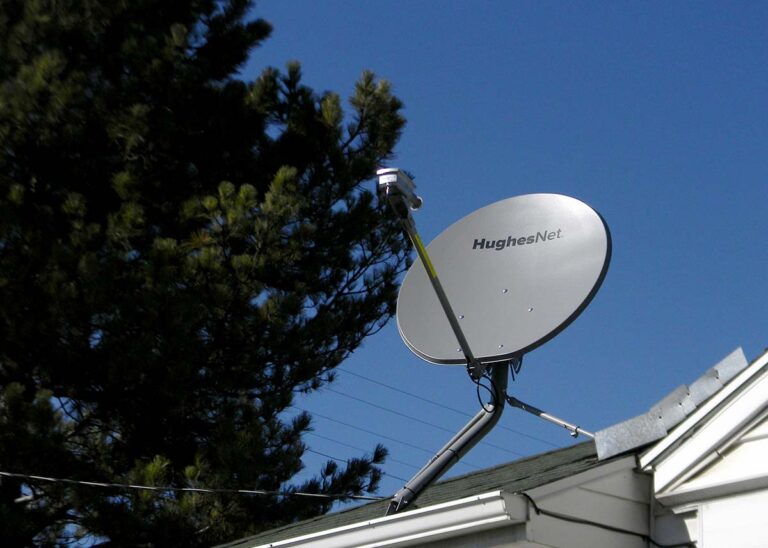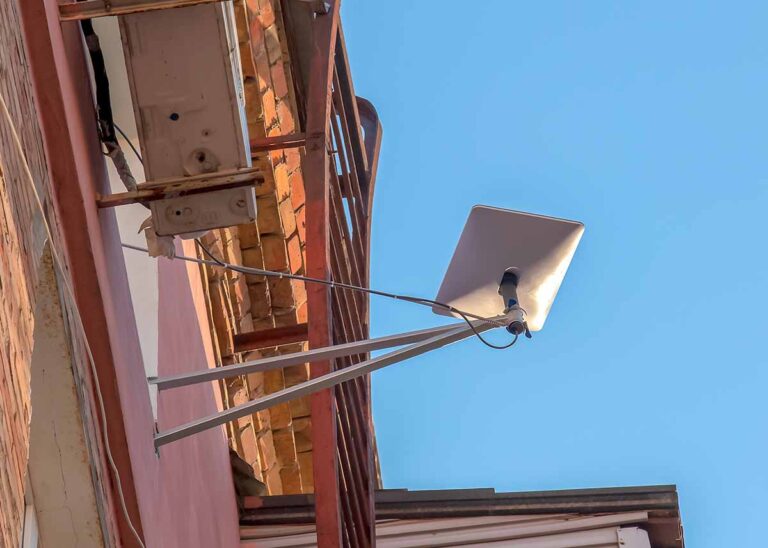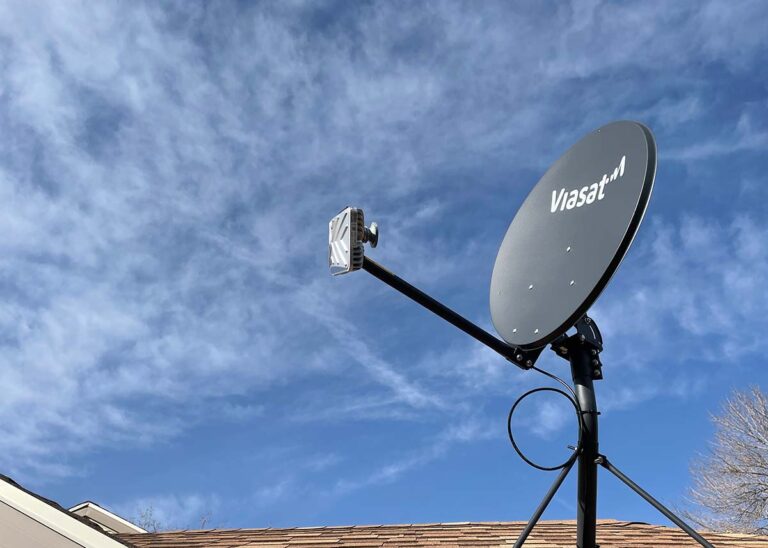Satellite internet is a completely different animal compared to traditional broadband internet like cable or fiber. There are several realities and concessions users should know about before selecting a satellite internet provider, especially when Hughesnet requires a 24-month contract. Starlink has no contract but does require a large upfront charge for equipment. Viasat’s latest Unleashed plan also has no contract and the most affordable start-up costs (especially if you have good credit).
When comparing satellite internet to traditional broadband for the first time, you may be baffled by how much a satellite package costs for its advertised speed and data. You’ll pay just as much or more for satellite than fiber which is ten times as fast and has unlimited data.
It seems unfair to pay so much for what seems like such a slow connection, but this is due to the high costs of launching and maintaining a constellation of satellites to deliver internet service nearly anywhere in the world. When satellites malfunction or get damaged, there’s no repairing them and it’s a huge investment to replace them.
So why is satellite internet so slow compared to the latest fiber and 5G services? The key isn’t just in download speeds, which satellite providers often advertise as comparable to broadband. Latency is the primary reason that satellite speeds hardly compare to a wired connection or even fixed-wireless. Download and upload speeds best describe how much information you’re sending and receiving at once, but latency represents how fast that information can travel between your computer and the internet. Another term for latency you may have heard before is ping.
This has everything to do with the distance between your dish, the satellites in orbit, and gateways on the Earth that connect to the rest of the web. A simple act like clicking a link to visit a new website takes longer because the request needs to travel that long distance. This is also impacted by factors such as bad signal because of a misaligned dish or weather interference. Meanwhile, using fiber feels almost instantaneous.
Latency is measured in milliseconds (ms). While cable and fiber will have 11—35ms, satellite reaches more than 500ms on average. Starlink is the exception thanks to its low-earth orbit (LEO) satellite constellation which has significantly lower latency.
This is why online gaming is not recommended on satellite. When playing games with friends online that require quick reactions and button presses, those actions aren’t registered in-game until your signal reaches the server you’re playing on. When your latency or ping is especially high, it’ll appear like your character is moving in slow motion to your friends. The same goes for voice chat. Whether it’s in a game or even a VoIP service, there will be a noticeable delay in conversations.
Satellite providers typically market their plans with unlimited data, and while this is technically true, this isn’t the priority data with the high speeds advertised beside them. Your monthly allotted priority data is the amount you can download through the service’s full capability.
Like any internet provider that imposes a data cap, this is done to regulate bandwidth over their network. With thousands of customers connected to the internet through just a handful of satellites, providers can’t guarantee enough bandwidth to go around for everyone. So priority data is given the VIP treatment over the network, while customers that aren’t using it are put on the slow lane.
So while you do have unlimited “standard” data, it moves significantly slower. Customers who stream movies or download large files will run into their limit quickly if they’re not careful, so be sure to monitor it frequently. If you run out of your monthly data, you can purchase more data to fill up the tank, but it’s important to know if your provider allows you to roll over purchased data to your next billing period or resets it all.











